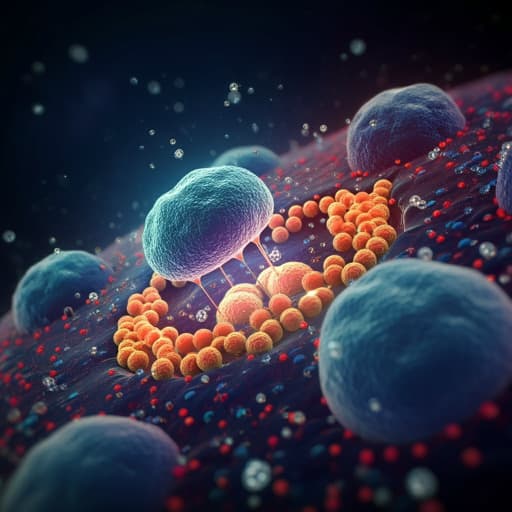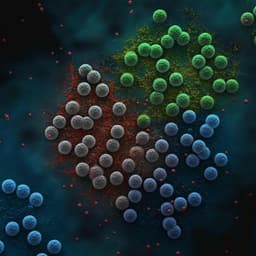
Medicine and Health
Efficacy and safety of pomalidomide, bortezomib, and dexamethasone combination chemotherapy for newly diagnosed multiple myeloma: POMACE Phase II Study
F. Saj, Y. Nisha, et al.
This phase 2 study conducted by Fen Saj, Yadav Nisha, Prasanth Ganesan, Smita Kayal, Rakhee Kar, Dhanapathi Halanaik, and Biswajit Dubashi reveals that the combination of bortezomib, pomalidomide, and dexamethasone for newly diagnosed multiple myeloma is not only effective—boasting a 100% overall response rate—but also safe, leading to significantly improved patient outcomes. Further phase 3 studies are encouraged.
~3 min • Beginner • English
Related Publications
Explore these studies to deepen your understanding of the subject.







